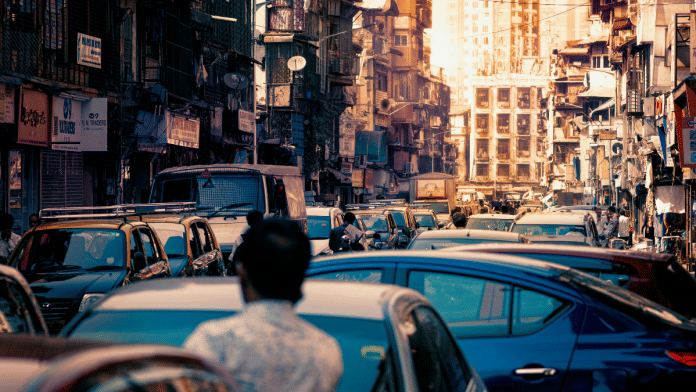Thank you dear subscribers, we are overwhelmed with your response.
Bharat wishes to be a prosperous developed country by 2047, when it completes 100 years. As Bharat transitions from an emerging economy, to a developed nation, a massive upgrade is essential to improve the safety on Indian roads. The figures are alarming. In their Report on “Road Accidents in India” for 2022, The Ministry of Road Transport and Highways have reported that during the calendar year 4,61, 312 accidents have been reported, claiming 1,68,491 lives and injuries to 4, 43,366 citizens, with a large percentage of accidents taking place on National Highways. The distressing feature of this statistics, is that the figures are quite similar, at least from 2015 onwards, excluding 2020, due to lockdown for the Covid pandemic. In addition, there is also a possibility of under-reporting, since deaths that take place after 30 days due to accidents, will not get reported due to non-linkage of the hospital and police data. However, there are steps being initiated by the government to connect the two data sources, to obtain a reliable data set.
Unfortunately, the 10 states with the largest number of fatalities in 2022, with about 70% share of the total; are: Uttar Pradesh, Tamil Nadu, Maharashtra, Madhya Pradesh, Karnataka, Rajasthan, Bihar, Andhra Pradesh, Gujarat and Telangana. Some of these industrialised states aspire to be trillion-dollar economies in the next decade.
More than half of the crash victims are pedestrians, cyclists or motorcyclists, often from the poorer sections of society, which frequently brings financial ruin to the victim and their families. A World Bank report postulates that halving the mortality and morbidity from road traffic injuries, over the next 24 years, could generate an additional flow of income, equivalent to about 14% of the GDP per capita.
At the Global Ministerial Conference on Road Safety held in Stockholm, Sweden, in February 2020, India had committed to reduce road accidents deaths by at least half by 2030. Towards this end, measures to improve signage, rectification of black spots, speed limiting measures, improve road surfaces, removing road side parking etc. is ongoing.
As India is likely to become the third largest economy by 2030, a large section of the middle class is likely to shift from two wheelers to passenger vehicles, further clogging our urban roads and highways. According to SIAM (Society of India Automobile Manufacturers Industry) during the fiscal year 2022-23, the industry produced 2,59,31,859 vehicles, covering all modes of transport. This trend is likely to increase substantially in the next decade.
And yet, till 2023, India has not been able to make substantial progress in reducing accidents and fatalities. The probable explanation lies in the way we treat our public thoroughfares. Highways and urban roads are treated as geographical space that can be “packed”, with inches between vehicles, trying to leverage our perpetual desire of one-upmanship, with total disregard for other vehicles. Essentially, there is no concept of lane driving and tailgating is quite common. This necessitates a significant change in attitude towards road safety, which may be inculcated at a young age, preferably in schools and colleges.
The second most important aspect is implementation of the traffic laws by the police, many-a-times lacking resources. While spot fines are being carried out by law enforcement agencies, there is no mechanism to recover pending dues for online fines. It can only be recovered when a “no-objection-certificate” is sought when the owner is trying to sell the vehicle. This loop hole needs to be plugged, by seizure of the vehicle, in the event the cumulative fines cross a particular threshold. This strategy would possibly deter errant drivers to abide by safety rules, but would entail the cooperation of both the Centre and State political leadership.
Lastly, the most important part, is improvement of roads (as a continuous process), good side-walks, proper signage, especially within cities, would help in considerably reducing accidents, juxtaposed with a national campaign to follow road safety, the financial benefits to adherence, and the potential swift action by the police.
Being a Viksit Bharat is one of the major goals for India, but having safe roads, augments the quality of life. It is good for the citizens, good for business and enhances the image of India. It will require extraordinary political will, administrative acumen and enormous financial resources. India awaits to see if we are able to surmount this tremendous challenge!


